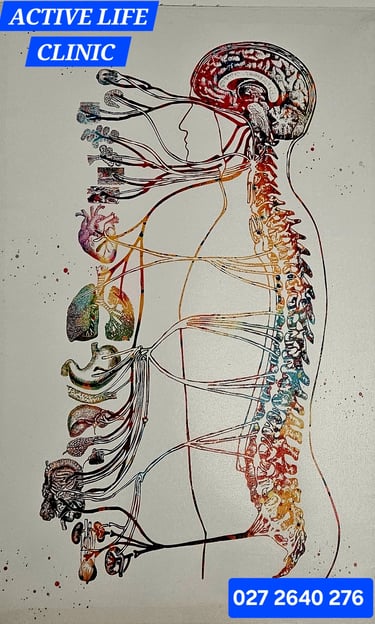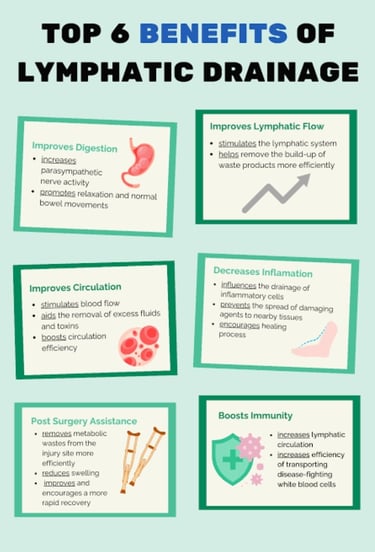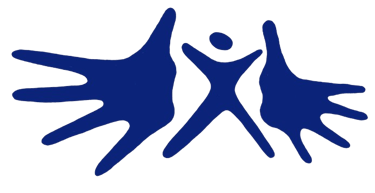Services
Experience in therapeutic care for your active life.
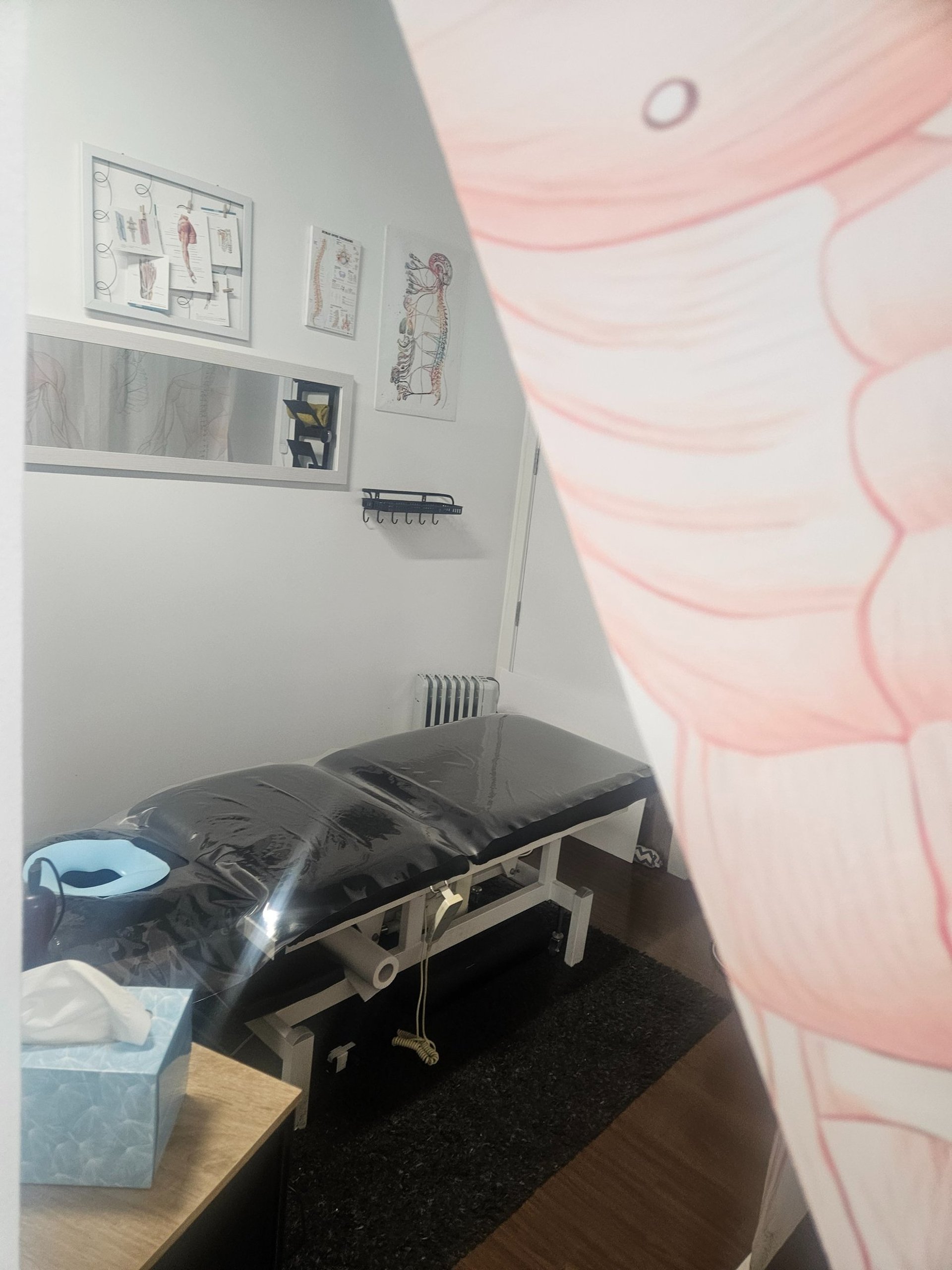
Medical /Therapeutic Massage
Targeted techniques to address specific conditions, reduce pain, and improve mobility.
Medical Massage
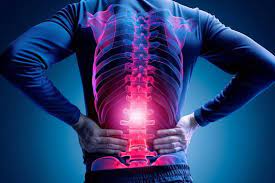

Expert medical massage techniques.
IDeep Tissue Massage: Targeting the deeper layers of muscle and connective tissue, this technique is highly effective in breaking down knots, scar tissue, and adhesions that contribute to chronic pain and restricted movement.
Myofascial Release: This gentle yet profound technique focuses on releasing tension in the fascia, a complex web of connective tissue that surrounds and supports your muscles, bones, and organs. Releasing fascial restrictions can alleviate pain, improve flexibility, and restore proper body mechanics.
Pressure Therapy: Utilizing precise pressure on specific points, this technique helps to alleviate trigger points and release muscle spasms, promoting deep relaxation and pain reduction.
Spine Mobilization: Through gentle, controlled movements, we work to restore proper alignment and mobility to your spine. This can significantly reduce pain associated with back issues, improve posture, and enhance nerve function.
Our Specialized Medical Massage Techniques Include:
Our Specialize
Our integrated approach to Medical Massage is highly effective for a wide range of conditions, including:g from musculoskeletal imbalances and chronic tension.
Knee Problems: Addressing muscle imbalances, fascial restrictions, and joint limitations that contribute to knee pain and dysfunction.
Shoulder Pain & Dysfunction: Releasing tension in the rotator cuff, addressing postural issues, and improving range of motion.
Sciatica: Decompressing nerve pathways, releasing piriformis muscle tension, and restoring spinal alignment to alleviate radiating pain.
And many more conditions stemming from musculoskeletal imbalances and chronic tension
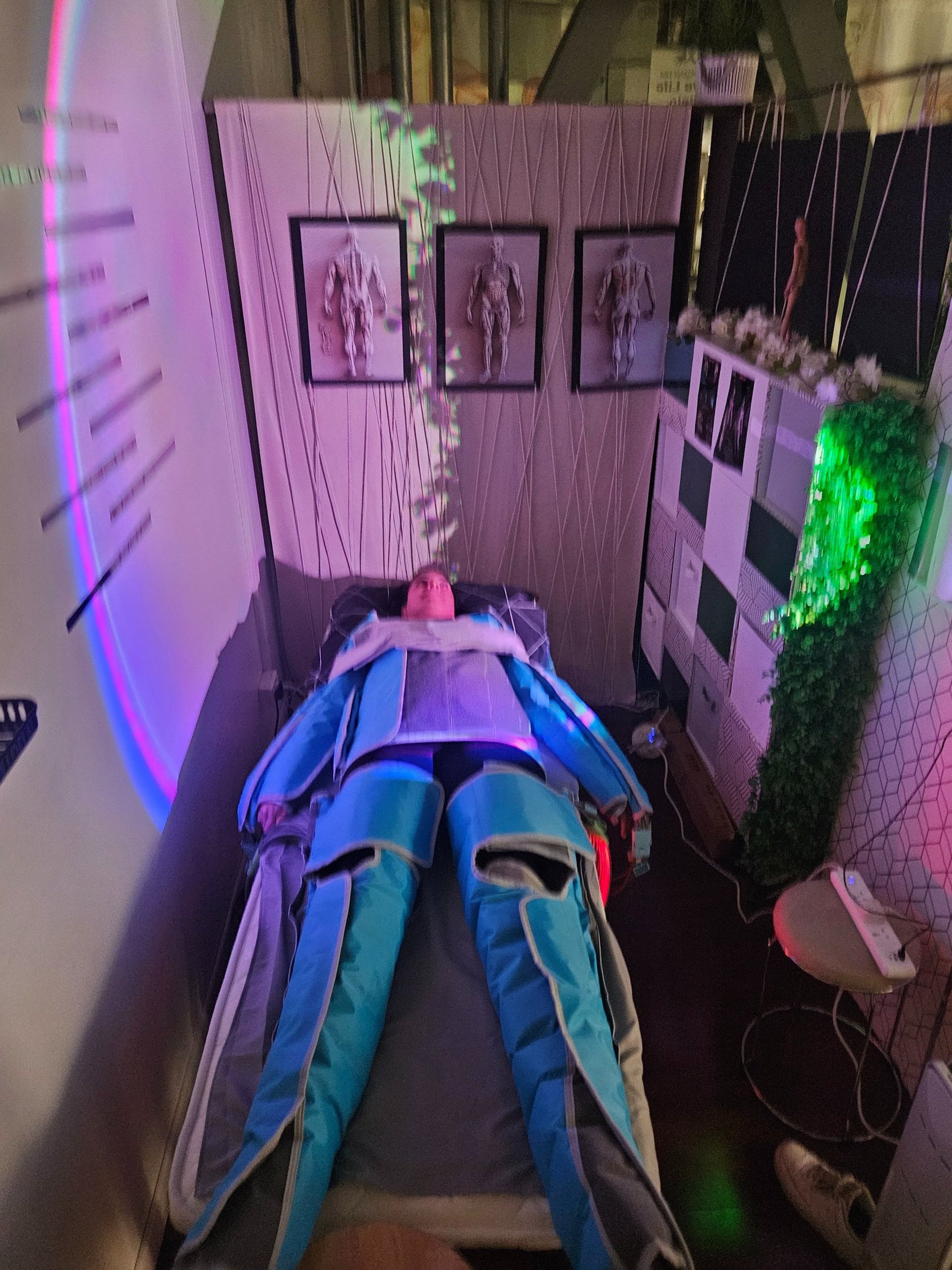
Lymphatic drainage
Pressotherapy
Gentle, rhythmic massage can enhance the lymphatic system, diminish swelling, and encourage detoxification.
Lymphatic Drainage
The lymphatic system is a vital part of your body's immune and circulatory systems. Think of it as a network of vessels and nodes that run throughout your body, collecting fluid and waste that the blood vessels can't handle. It's responsible for filtering out toxins, dead cells, and bacteria.
However, the lymphatic system doesn't have a pump like your heart. That's where lymphatic drainage comes in. Using very light, specific strokes, I'll gently stretch your skin in a particular direction. This gentle pressure helps to open the lymphatic vessels and encourages the lymph fluid to move more efficiently through the nodes, which are like the 'filtration stations.'
"This process can be beneficial for several things: reducing swelling after surgery or injury, boosting your immune system, relieving fluid retention, and even improving the appearance of your skin. Because the pressure is so light, it's a very relaxing and calming experience.
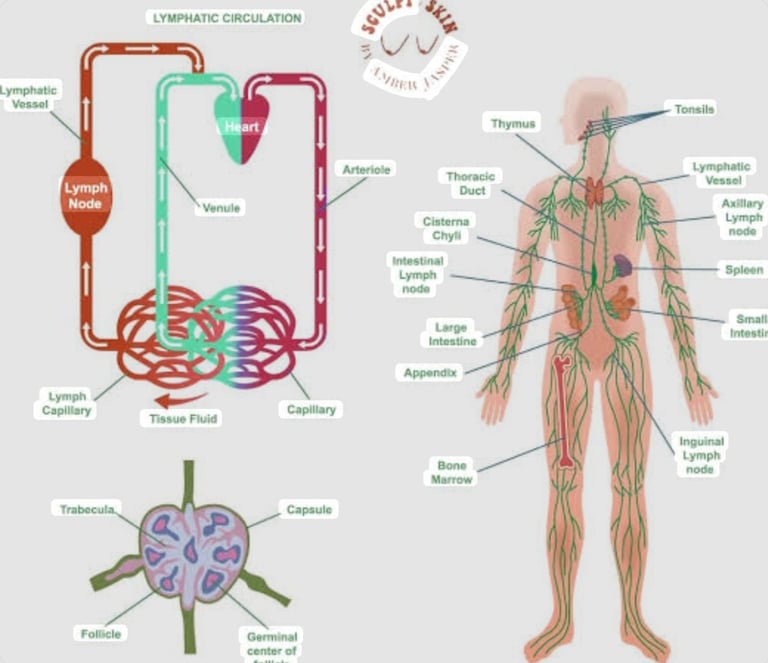

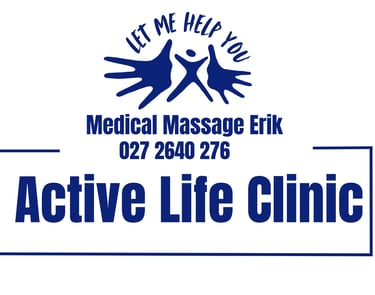
Hydrate, Hydrate, Hydrate: This is the most important step. Lymphatic drainage moves toxins and waste into your body's elimination systems. Drinking plenty of water helps flush these out. Aim to drink a few extra glasses of water immediately after your session and continue to stay well-hydrated for the next couple of days.
Rest and Relax: Your body is actively working to process and eliminate waste. It's common to feel tired or even a bit "drained." Listen to your body and avoid strenuous activities like intense workouts. Prioritise rest and a good night's sleep to allow your body to reset and recover.
Avoid Heat: Steer clear of hot baths, saunas, and steam rooms for at least 24 hours. Extreme heat can overstimulate the body and may interfere with the detoxification process.
Limit or Avoid Alcohol and Caffeine: Both alcohol and caffeine are diuretics that can dehydrate your body, counteracting the benefits of the therapy. It's best to avoid them for at least 24 to 48 hours.
What to Expect During a Session
Preparation: You'll typically be asked to lie down comfortably on a bed or in a chair. You don't usually need to remove your clothes, but comfortable, loose-fitting attire is recommended.
Garment Placement: The therapist or technician will help you put on the appropriate garments for the area being treated (e.g., full leg boots, arm sleeves, or an abdominal wrap).
Machine Activation: The garments are connected to the machine, and the therapist will set the appropriate pressure levels and program based on your individual needs and treatment goals.
Sensation: Once the session begins, you'll feel a gentle squeezing sensation as the air chambers inflate. The pressure should be firm but comfortable, not painful. It's often described as a relaxing, deep massage.
Duration: A typical pressotherapy session usually lasts between 10-30 minutes.
Common and Temporary Site Effect
Fatigue and Drowsiness: This is a very common side effect. The deep relaxation and stimulation of the lymphatic system can be tiring for the body. It's often recommended to rest afterward.
Increased Urination and Thirst: The treatment mobilises excess fluid, leading to a need to urinate more frequently. This is a sign that the therapy is working to remove waste. Drinking plenty of water is advised to stay hydrated.
Changes in Digestion: The lymphatic system is closely linked to the digestive system, so some people may experience changes in bowel movements or mild digestive discomfort.
Immediate Aftercare (First 24-48 hours)
Imraredlamp Therapy
Therapeutic heat that penetrates deep into tissues, aiding in pain relief, muscle relaxation, and improved circulation.
What is Red Light Therapy (RLT)?
Red light therapy is a non-invasive therapeutic technique that uses low levels of red and/or near-infrared (NIR) light to stimulate cellular processes and promote healing. It works by delivering light energy to the mitochondria (the "powerhouses" of your cells), which then absorb this energy and convert it into cellular fuel, known as adenosine triphosphate (ATP). This increased energy production enhances cellular repair and regeneration
The wavelengths typically used in RLT range from 630nm to 660nm for red light and 800nm to 850nm for near-infrared light. These specific wavelengths are chosen because they can penetrate the skin and underlying tissues to affect cells.
Skin Health: Promotes collagen, reduces wrinkles, improves complexion, and helps with conditions like acne and eczema.
Pain Relief & Recovery: Decreases inflammation, eases muscle and joint pain, and accelerates post-workout recovery.
Wound Healing: Speeds up the repair of tissues and reduces scarring.
Hair Growth: May stimulate hair follicles for thicker, healthier hair.
Mood & Sleep: Can help regulate sleep patterns and improve overall well-being.
Potential Benefits
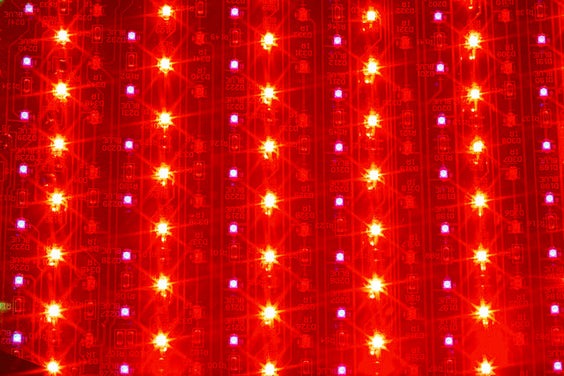

Reviews
The treatment was exceptional and truly rejuvenating!
John
NY
I felt a remarkable difference after just one session. Highly recommend!
Sara
LA
★★★★★
★★★★★
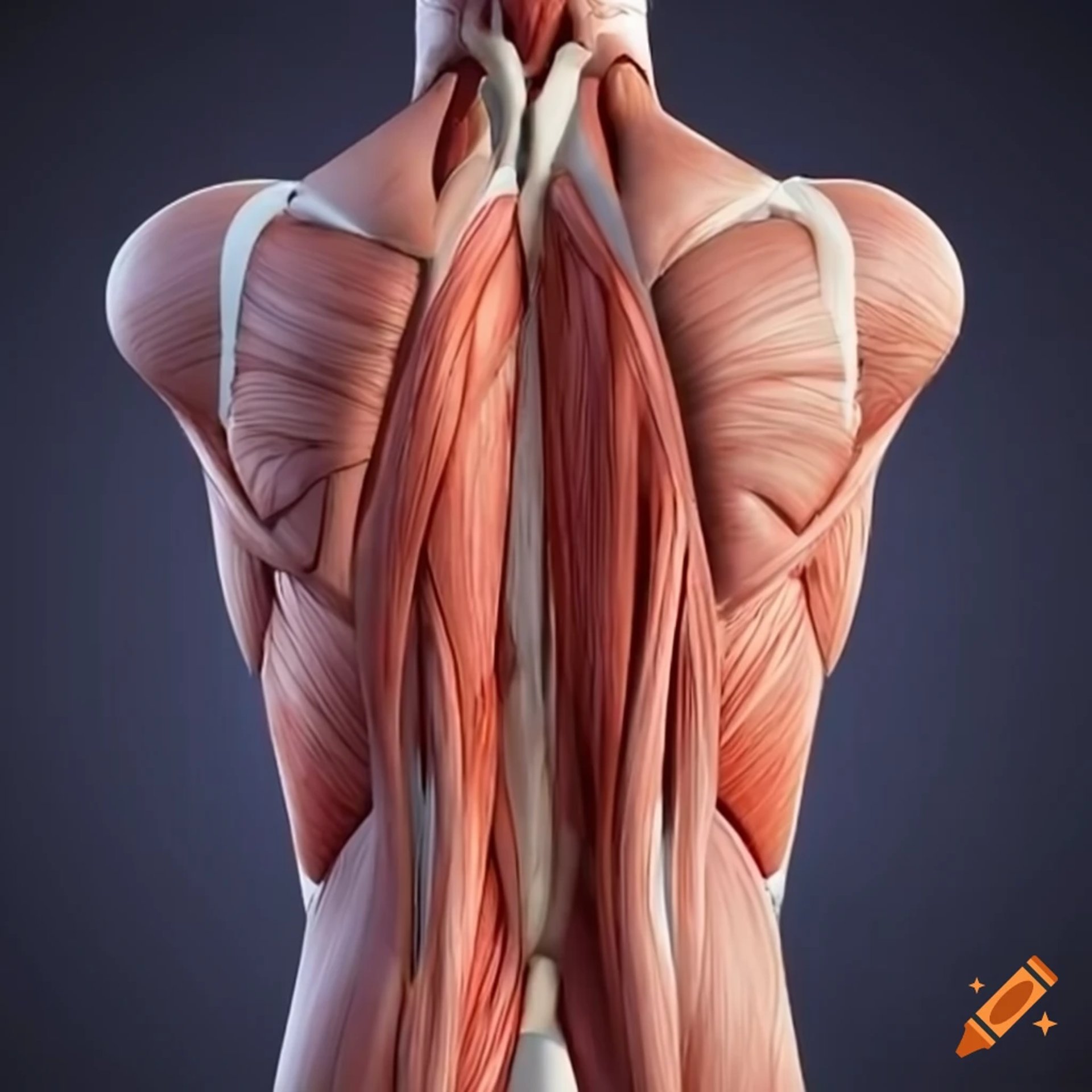
Contact
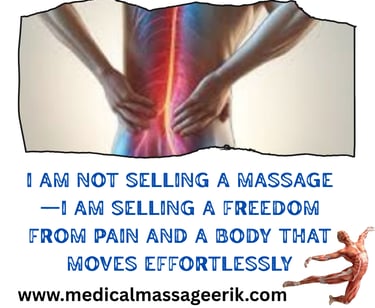

Reach out for personalized care and inquiries.
